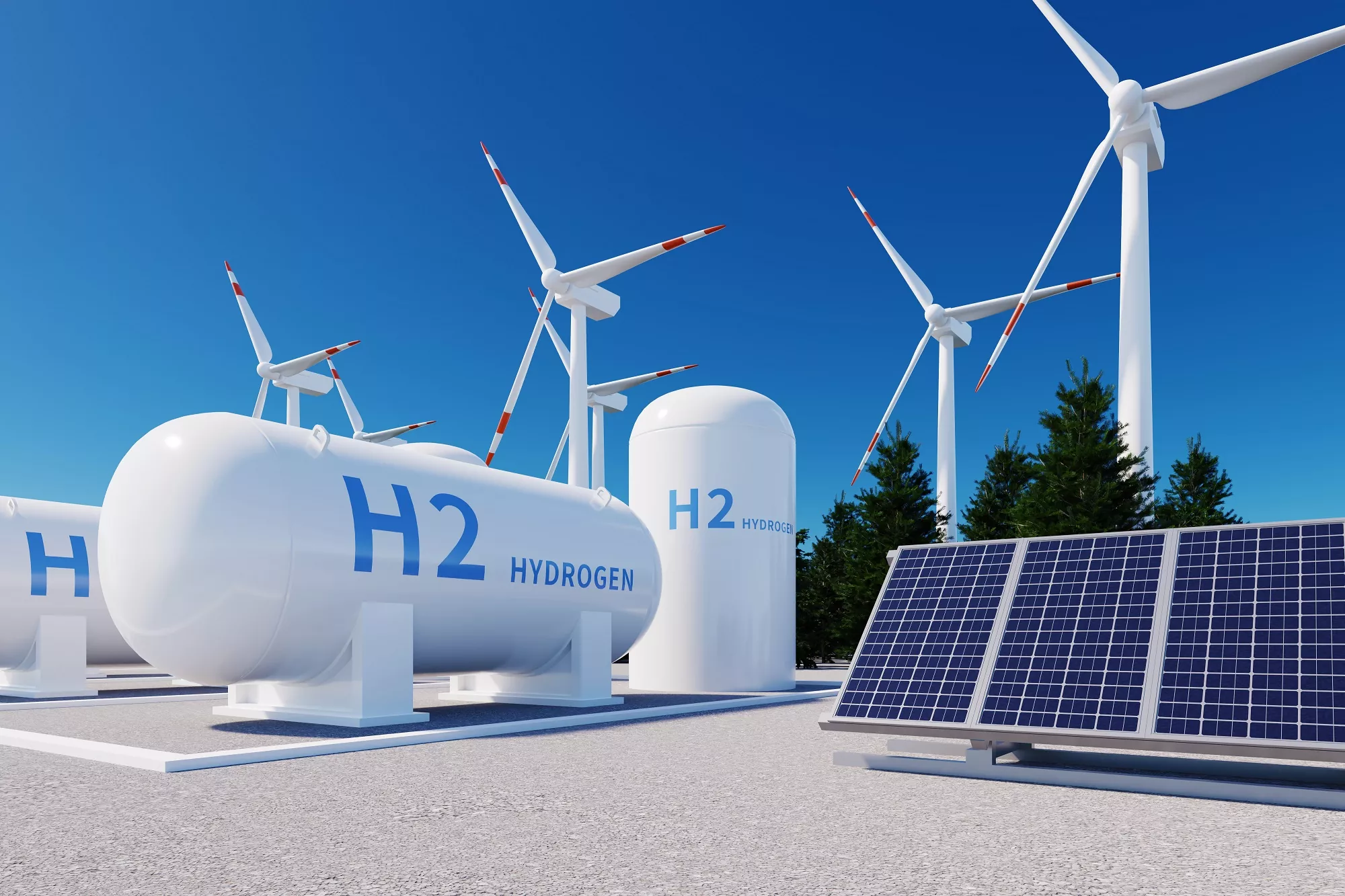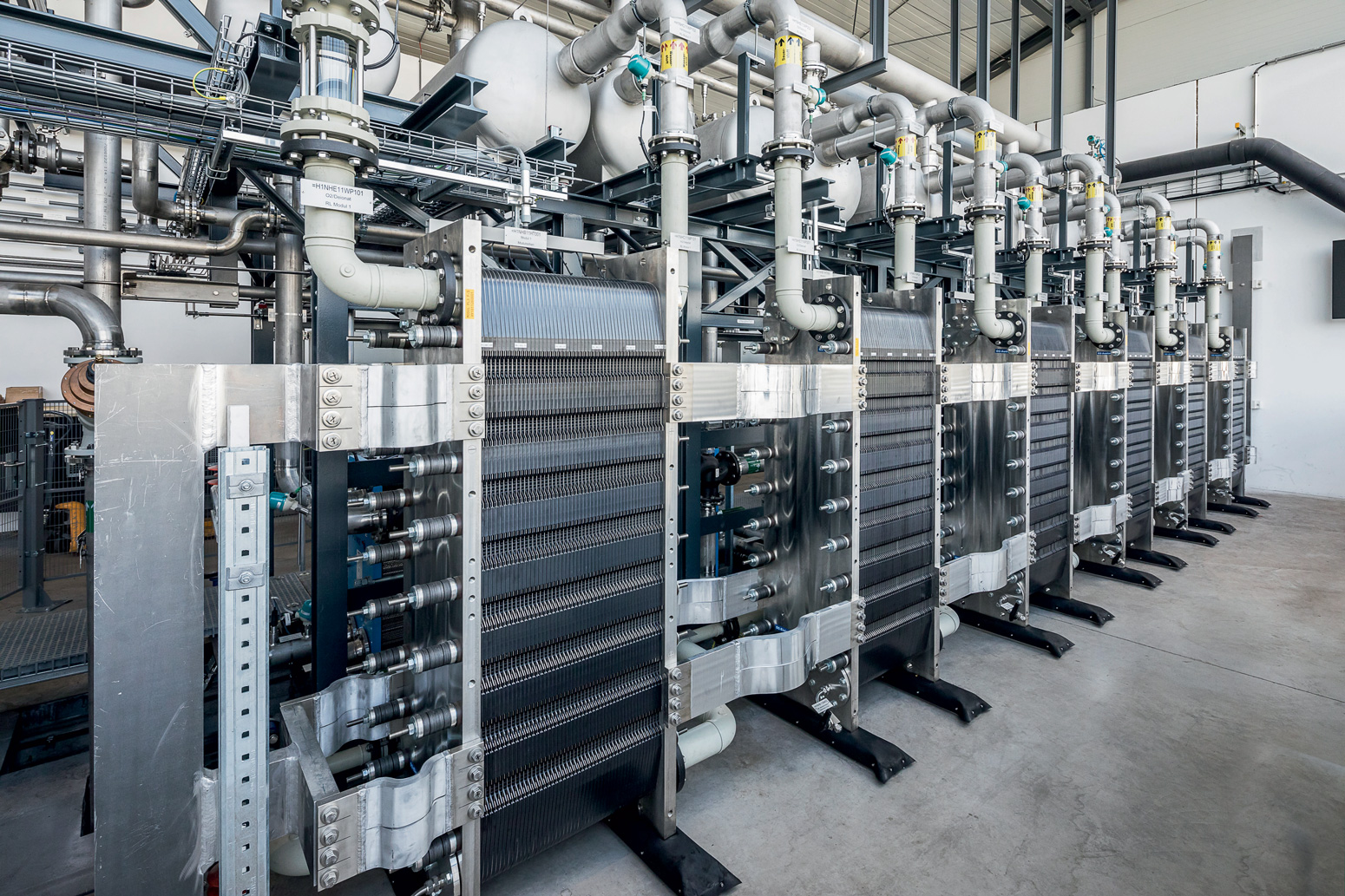The Hydrogen Economy: Can It Replace Fossil Fuels? Let’s Break It Down 🌍💧
Hey there! 👋
I’ve been thinking a lot lately about our planet’s energy future. Last summer, during a road trip through California, I saw something that stuck with me: rows of wind turbines spinning lazily under the sun, and a billboard nearby shouting, “Hydrogen: The Fuel of Tomorrow!” It got me wondering: Can hydrogen really dethrone fossil fuels? Let’s dive into this together—no lab coat required!
The Fossil Fuel Era: A Love-Hate Relationship
We’ve all grown up in a world powered by coal, oil, and gas. These fuels built our cities, cars, and smartphones. But here’s the kicker: burning them releases carbon dioxide (CO₂), which traps heat in our atmosphere. The result? Wildfires, melting ice caps, and hurricanes hitting places they shouldn’t—like that first California hurricane in 80 years I read about.

Fossil fuels are like that toxic ex—great in the short term, but disastrous long-term. Extracting them scars landscapes, poisons water, and pumps out pollutants like nitrogen oxides (NOx) and sulfur. And let’s not forget: 73% of global greenhouse gas emissions come from burning them.
Hydrogen 101: Meet the New Kid on the Block
Hydrogen isn’t new—it’s the universe’s most abundant element! But here’s the twist: how we make it matters.
-
Grey Hydrogen: Made from natural gas (ugh, more fossils!).
-
Blue Hydrogen: Same as grey, but with CO₂ captured (better, but not perfect).
-
Green Hydrogen: Made by splitting water (H₂O) using renewable energy. Zero emissions. This is the MVP 🌱.
Imagine powering factories, trucks, and even planes with a fuel that only emits water vapor. That’s green hydrogen’s promise. But can it scale?
Hydrogen vs. Fossil Fuels: The Showdown
Let’s compare these rivals in a head-to-head table:
| Factor | Fossil Fuels | Hydrogen |
|---|---|---|
| Efficiency | 20-40% (gas engines) 🚗 | 50-60% (fuel cells) 🔋 |
| Emissions | CO₂, NOx, particulates 🌫️ | H₂O (if green) 💧 |
| Scalability | Mature, but finite 🛢️ | Growing fast—16.4M tons by 2030 📈 |
| Cost (2025) | Cheap (but hidden environmental costs) 💸 | Green H₂: €3-8/kg (dropping fast!) |
| Versatility | Limited to combustion 🔥 | Fuel cells, heat, e-fuels, storage 🔄 |
Hydrogen’s Swiss Army knife versatility is its superpower. Need to decarbonize steelmaking? Hydrogen can replace coal. Want seasonal energy storage? Pump H₂ into underground caves. But it’s not all sunshine—yet.
The Hurdles: Why Hydrogen Isn’t Everywhere (Yet)

-
Cost: Green hydrogen is pricier than grey today. But experts say costs could halve by 2030 with better tech and economies of scale.
-
Infrastructure: We’ve got gas stations, not H₂ stations. Building pipelines and storage? That’s a decades-long project.
-
Public Perception: Remember the Hindenburg? 🎈 Hydrogen’s reputation needs rehab. Thankfully, safety standards are robust—it’s lighter than air and disperses quickly.
Fun fact: Did you know hydrogen-powered forklifts are already zipping around warehouses? I saw one at a tech expo—quiet, clean, and oddly futuristic!
Real-World Wins: Hydrogen’s Bright Spots
-
Saudi Arabia’s Neom Helios: A $5B green hydrogen plant powered by solar and wind, aiming to export ammonia globally.
-
California’s Avina Project: Producing 4 tons of green H₂ daily to fuel trucks near the Port of Long Beach.
-
Japan’s Hydrogen Society: Betting big on H₂ for cars, buses, and even the 2020 Olympics.
These projects show hydrogen isn’t just hype—it’s happening.
The Big Picture: A Marriage of Electricity and Hydrogen
Renewables and hydrogen are like peanut butter and jelly. Solar and wind generate clean power, but they’re intermittent. Hydrogen can store excess energy for cloudy days or dark winters. Think of it as a giant battery that never degrades.

But here’s the kicker: We need both. Electricity can handle cars and homes, but hydrogen? It’s for the tough stuff—ships, planes, and factories.
My Take: Cautious Optimism
I’ll admit: I’m rooting for hydrogen. But replacing fossil fuels? It’s a marathon, not a sprint. Policy, innovation, and public buy-in all matter. The U.S. Inflation Reduction Act is pouring billions into clean H₂3, while China’s churning out cheap electrolyzers.
Here’s the bottom line: Hydrogen won’t replace fossils overnight. But with grit and global teamwork, it could be the bridge to a cleaner future.
What Can You Do?
-
Support policies that fund green hydrogen (like tax credits!).
-
Stay curious—follow projects like Neom or Germany’s HydrogenPro ventures.
-
Spread the word! Most folks don’t know hydrogen exists beyond balloons. 🎈
Let’s keep this conversation going. The energy transition isn’t just about tech—it’s about us. 🌍✨
Further Reading:
Got thoughts? Drop a comment below! 👇 Let’s chat about our energy future. 💬
